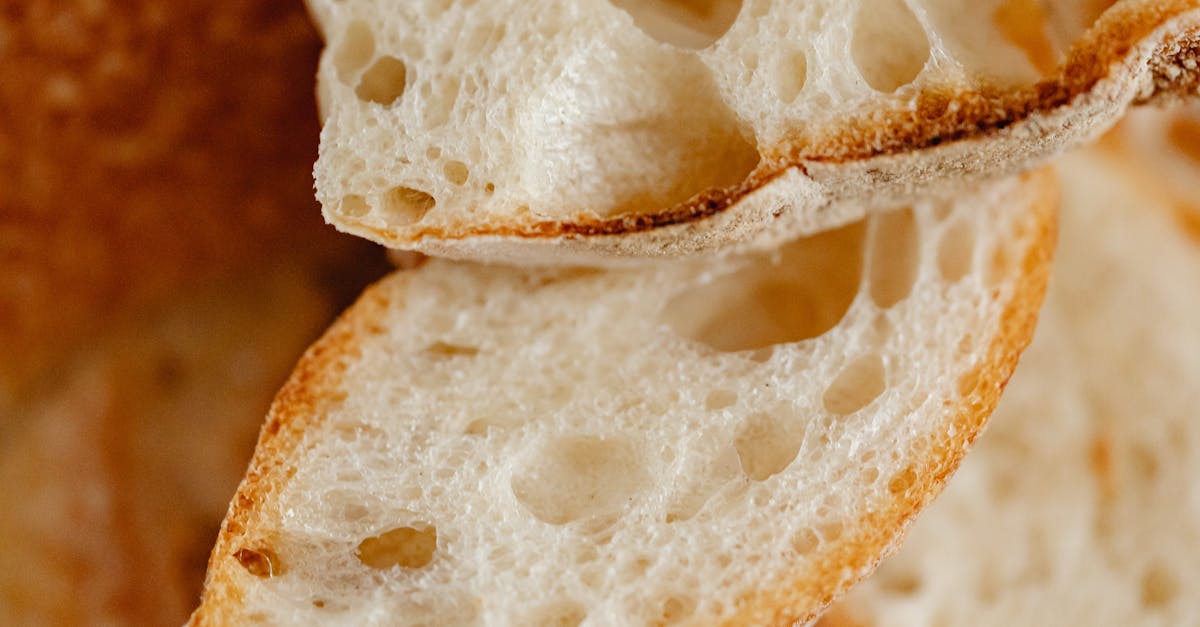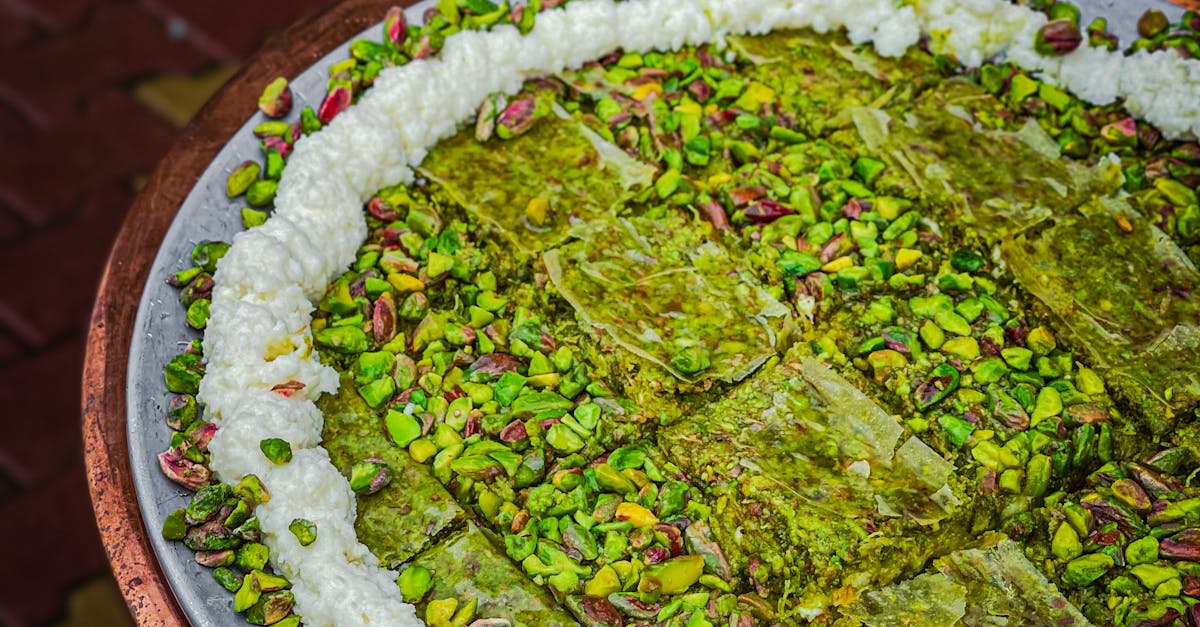Aloo paratha, a beloved Indian flatbread stuffed with spiced potato filling, is a culinary staple that has gained immense popularity across various states in India. However, it is in Punjab where this delectable dish truly shines. The combination of flavor, tradition, and regional pride makes Punjab the heart of aloo paratha culture. This blog post explores the reasons behind the fame of aloo paratha in Punjab, offering a comprehensive guide to its cultural significance, preparation, and variations.
| Reason | Description |
|---|---|
| Rich Culinary Heritage | Punjab’s diverse food culture contributes to the popularity of aloo paratha. |
| Traditional Breakfast | Aloo paratha is a staple breakfast item in Punjabi households. |
| Street Food Delight | Street vendors serve delicious aloo parathas with various accompaniments. |
| Festivals and Celebrations | Special occasions often feature aloo paratha as a festive dish. |
| Regional Variations | Punjab offers unique twists on the traditional aloo paratha. |
| Comfort Food | It is a go-to comfort food for many Punjabis. |
| Health Benefits | When made with whole wheat, aloo paratha can be a healthy meal option. |
| Global Recognition | Aloo paratha has gained popularity worldwide, showcasing Punjabi cuisine. |
| Family Bonding | Cooking and sharing aloo paratha fosters family connections. |
| Culinary Innovation | Chefs in Punjab experiment with aloo paratha to create new flavors. |
Rich Culinary Heritage
Punjab boasts a rich culinary heritage that influences its food culture, making aloo paratha a quintessential dish. The state’s agricultural abundance, with fields of wheat and potatoes, provides the primary ingredients for this dish. The integration of spices and cooking techniques passed down through generations has enriched the flavor profile of aloo paratha, making it a representation of Punjabi identity.

Traditional Breakfast
Aloo paratha is often considered the ultimate breakfast food in Punjabi households. It is commonly served with a dollop of butter or ghee, yogurt, and pickles, making for a hearty and satisfying meal to start the day. This traditional breakfast not only fuels the body but also connects individuals to their roots and family customs.

Street Food Delight
Punjab’s vibrant street food scene features countless vendors selling freshly made aloo parathas. These street-side eateries are a popular gathering spot for locals and tourists alike. The aroma of sizzling parathas on a hot griddle, accompanied by tangy chutneys and spicy pickles, creates an irresistible allure, showcasing the dish’s widespread appeal.

Festivals and Celebrations
During festivals and celebrations, aloo paratha often takes center stage on the dining table. Whether it’s Lohri, Baisakhi, or weddings, this dish symbolizes abundance and joy. It is typically served alongside other traditional foods, making it a staple in celebratory meals and reinforcing its significance in Punjabi culture.

Regional Variations
While the classic aloo paratha is well-loved, Punjab is known for its regional variations. Different communities add their unique touches, such as incorporating different spices or adding ingredients like paneer or herbs to the filling. These variations reflect the diverse culinary practices within Punjab, making aloo paratha a versatile dish.

Comfort Food
For many Punjabis, aloo paratha represents comfort food. Its warm, fluffy texture and flavorful filling evoke a sense of nostalgia and home. Whether enjoyed during a rainy day or a family gathering, aloo paratha has a special place in the hearts of those who grew up savoring it, making it a beloved comfort meal.

Health Benefits
When prepared with whole wheat flour and minimal oil, aloo paratha can be a nutritious meal option. Packed with carbohydrates, fiber, and essential nutrients from potatoes, it provides energy while also being filling. Many families in Punjab are conscious of their health, leading to a growing trend of making healthier versions of this classic dish.

Global Recognition
Aloo paratha’s appeal has transcended borders, gaining recognition worldwide. Indian restaurants across the globe feature this dish on their menus, introducing international audiences to Punjabi cuisine. This global appreciation not only showcases the flavors of Punjab but also promotes cultural exchange through food.

Family Bonding
Cooking and sharing aloo paratha often foster family bonding. Many families come together in the kitchen to prepare this dish, passing down recipes and traditions. This communal experience enhances relationships and creates lasting memories, making aloo paratha more than just a meal but a cherished family ritual.

Culinary Innovation
Chefs in Punjab are known for their culinary innovation, experimenting with aloo paratha to create new flavors and presentations. From fusion dishes that blend traditional and modern cuisines to gourmet versions served in upscale restaurants, the evolution of aloo paratha continues to captivate food enthusiasts and keeps the dish relevant in contemporary dining.

FAQs
What is aloo paratha?
Aloo paratha is an Indian flatbread stuffed with a spiced potato filling. It is traditionally made with whole wheat flour and served hot, often accompanied by yogurt, pickles, or chutneys.
Is aloo paratha healthy?
When made with whole wheat flour and minimal oil, aloo paratha can be a healthy option. It provides energy, fiber, and essential nutrients. However, its healthiness also depends on the accompaniments and portion sizes.
Can aloo paratha be made vegan?
Yes, aloo paratha can easily be made vegan by using oil instead of ghee or butter and ensuring that no dairy products are used in the accompanying dishes.
What are some popular accompaniments for aloo paratha?
Popular accompaniments include yogurt, butter, pickles, and various chutneys. Some people also enjoy it with curries or lentil dishes for a complete meal.
References:
For more information on Punjabi cuisine and aloo paratha, visit [Punjab Tourism](https://punjabtourism.gov.in/) and [Food Safety and Standards Authority of India](https://www.fssai.gov.in/).
